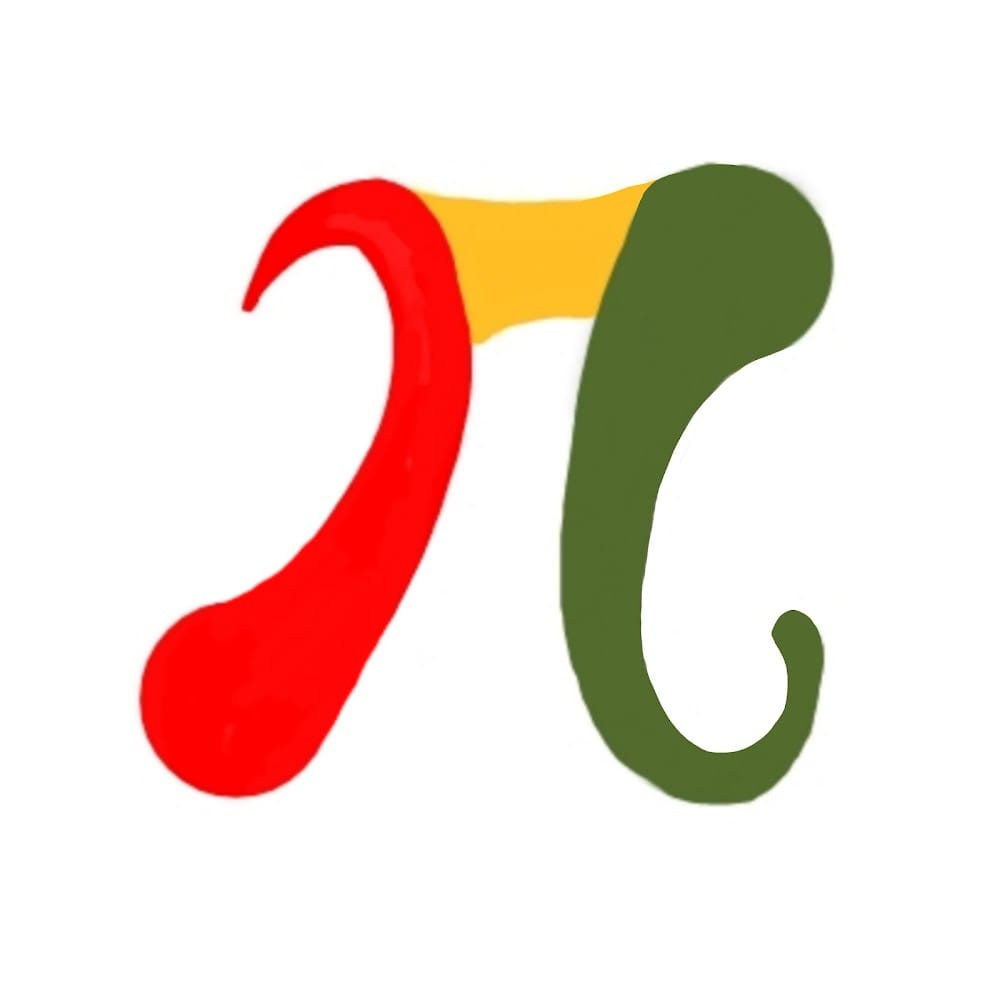🎨Now live: Try our Free AI Image Generation Feature

Description
The MyCircularDeque class implements a double-ended queue (deque) with a fixed size. It allows elements to be inserted or removed from both ends of the queue. The deque has the following operations:
- Insert an element at the front.
- Insert an element at the rear.
- Delete an element from the front.
- Delete an element from the rear.
- Retrieve the element at the front.
- Retrieve the element at the rear.
- Check if the deque is empty.
- Check if the deque is full.
Intuition
A deque is a useful data structure when there is a need for efficient insertions and deletions from both ends. By keeping the structure as a fixed-size circular array, operations such as insertions and deletions can be performed in constant time. The MyCircularDeque class mimics this behavior by using a dynamic list and maintaining the maximum size.
Approach
- Initialization: The deque is initialized with a given capacity
k. Internally, a list is used to store the elements, and the sizenkeeps track of the maximum allowed elements. - Insert Operations: The
insertFrontandinsertLastmethods check if the deque has space for more elements, and if so, insert elements at the respective ends (front or rear) using list operations. - Delete Operations: The
deleteFrontanddeleteLastmethods remove elements from the respective ends if the deque is not empty. - Access Operations: The
getFrontandgetRearmethods retrieve the elements at the respective ends without removing them. - Check Methods: The
isEmptymethod checks if the deque is empty, and theisFullmethod checks if the deque is full.
Complexity
- Time Complexity:
-
insertFront,insertLast,deleteFront,deleteLast: O(1) (since list insertions and deletions at the front and end are constant time). -getFront,getRear,isEmpty,isFull: O(1). - Space Complexity: O(k), where
kis the maximum size of the deque. The deque requires space proportional to the number of elements it can hold.
Code
C++
class MyCircularDeque {
public:
vector dq;
int n;
MyCircularDeque(int k) {
n = k;
}
bool insertFront(int value) {
if (dq.size() < n) {
dq.insert(dq.begin(), value);
return true;
}
return false;
}
bool insertLast(int value) {
if (dq.size() < n) {
dq.push_back(value);
return true;
}
return false;
}
bool deleteFront() {
if (!dq.empty()) {
dq.erase(dq.begin());
return true;
}
return false;
}
bool deleteLast() {
if (!dq.empty()) {
dq.pop_back();
return true;
}
return false;
}
int getFront() {
return dq.empty() ? -1 : dq.front();
}
int getRear() {
return dq.empty() ? -1 : dq.back();
}
bool isEmpty() {
return dq.empty();
}
bool isFull() {
return dq.size() == n;
}
};
Python
class MyCircularDeque:
def __init__(self, k: int):
self.dq = []
self.n = k
def insertFront(self, value: int) -> bool:
if len(self.dq) < self.n:
self.dq.insert(0, value)
return True
return False
def insertLast(self, value: int) -> bool:
if len(self.dq) < self.n:
self.dq.append(value)
return True
return False
def deleteFront(self) -> bool:
if len(self.dq) > 0:
self.dq.pop(0)
return True
return False
def deleteLast(self) -> bool:
if len(self.dq) > 0:
self.dq.pop()
return True
return False
def getFront(self) -> int:
return self.dq[0] if len(self.dq) > 0 else -1
def getRear(self) -> int:
return self.dq[-1] if len(self.dq) > 0 else -1
def isEmpty(self) -> bool:
return len(self.dq) == 0
def isFull(self) -> bool:
return len(self.dq) == self.n
Java
class MyCircularDeque {
private LinkedList dq;
private int n;
public MyCircularDeque(int k) {
dq = new LinkedList<>();
n = k;
}
public boolean insertFront(int value) {
if (dq.size() < n) {
dq.addFirst(value);
return true;
}
return false;
}
public boolean insertLast(int value) {
if (dq.size() < n) {
dq.addLast(value);
return true;
}
return false;
}
public boolean deleteFront() {
if (!dq.isEmpty()) {
dq.removeFirst();
return true;
}
return false;
}
public boolean deleteLast() {
if (!dq.isEmpty()) {
dq.removeLast();
return true;
}
return false;
}
public int getFront() {
return dq.isEmpty() ? -1 : dq.getFirst();
}
public int getRear() {
return dq.isEmpty() ? -1 : dq.getLast();
}
public boolean isEmpty() {
return dq.isEmpty();
}
public boolean isFull() {
return dq.size() == n;
}
}
JavaScript
class MyCircularDeque {
constructor(k) {
this.dq = [];
this.n = k;
}
insertFront(value) {
if (this.dq.length < this.n) {
this.dq.unshift(value);
return true;
}
return false;
}
insertLast(value) {
if (this.dq.length < this.n) {
this.dq.push(value);
return true;
}
return false;
}
deleteFront() {
if (this.dq.length > 0) {
this.dq.shift();
return true;
}
return false;
}
deleteLast() {
if (this.dq.length > 0) {
this.dq.pop();
return true;
}
return false;
}
getFront() {
return this.dq.length > 0 ? this.dq[0] : -1;
}
getRear() {
return this.dq.length > 0 ? this.dq[this.dq.length - 1] : -1;
}
isEmpty() {
return this.dq.length === 0;
}
isFull() {
return this.dq.length === this.n;
}
}
/**
* Your MyCircularDeque object will be instantiated and called as such:
* var obj = new MyCircularDeque(k)
* var param_1 = obj.insertFront(value)
* var param_2 = obj.insertLast(value)
* var param_3 = obj.deleteFront()
* var param_4 = obj.deleteLast()
* var param_5 = obj.getFront()
* var param_6 = obj.getRear()
* var param_7 = obj.isEmpty()
* var param_8 = obj.isFull()
*/